Blog
Breaking Down the Construction Project Management Process: Workflow Challenges and Software Solutions
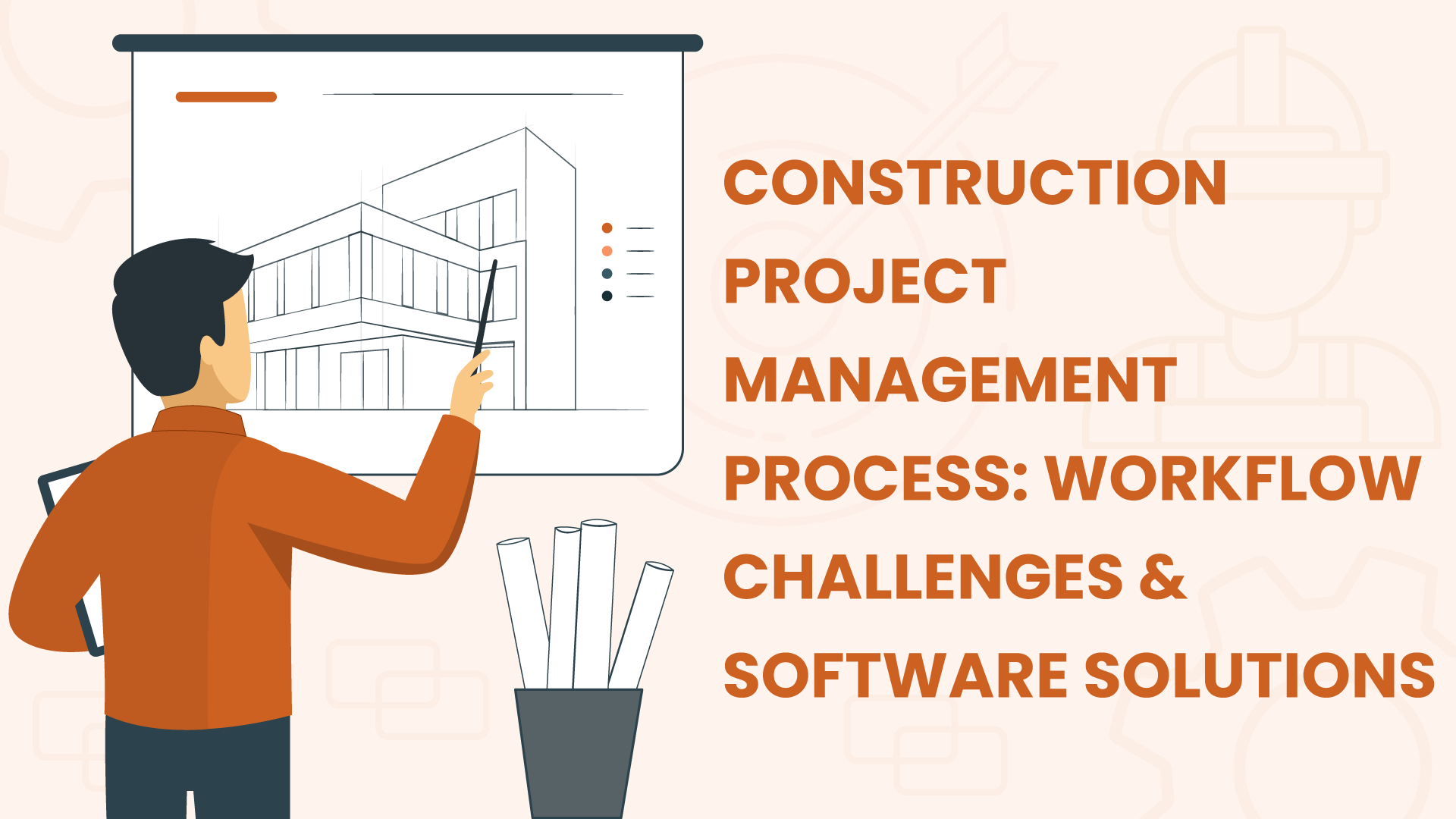
Constructing buildings and infrastructure requires a lot of work that often goes unnoticed. However, every solid structure is the result of a well-planned construction project management workflow, which involves a complex series of tasks, deadlines, and resources. This article will take a closer look at the world of construction project management, including the processes, challenges, and the crucial role of construction project management software.
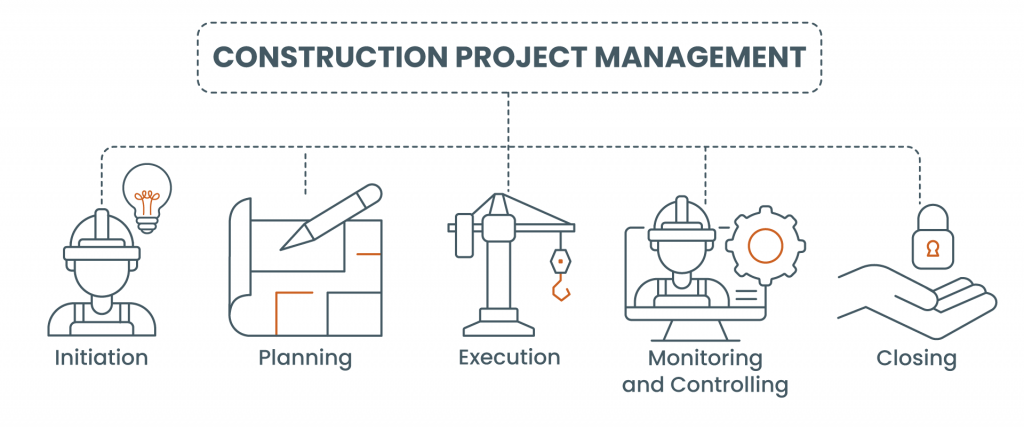
Understanding Construction Project Management
Defining the Workflow
At its core, construction project management is the art of turning a vision into reality while ensuring the project stays on track, on budget, and, most importantly, safe. The workflow consists of a series of interconnected steps that provide a project’s successful completion.
- Initiation: The journey begins with the conception of an idea. Whether it’s a new skyscraper, a bridge, or a residential development, the initiation phase involves identifying the project’s objectives, feasibility, and initial scope. This is where the project manager comes into play.
- Planning: Once the project is given the green light, it’s time to dive into the details. In the planning phase, the project manager, in collaboration with architects, engineers, and stakeholders, outlines the project’s scope, timeline, and budget. This phase involves developing a project schedule, risk management plan, and resource allocation.
- Execution: This is where the rubber meets the road. The project plan is set in motion, and various tasks and activities begin to unfold. Construction workers, contractors, and suppliers all come together to carry out the work outlined in the plan.
- Monitoring and Controlling: Construction projects are rarely without surprises. This phase involves constant monitoring of project progress, resource allocation, and budget management. Any deviations from the plan are addressed promptly, minimizing potential delays and cost overruns.
- Closing: The project is formally completed at the grand finale, and all stakeholders sign off on the results. This phase includes inspections, handing the keys to the client, and ensuring all contractual obligations are met.
Best Practices in Construction Project Management Workflow
Successful construction project management depends on implementing best practices to ensure timely completion and efficiency. Let’s explore some of these practices.
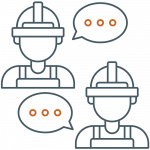
1) Effective Communication
Communication is the lifeblood of any construction project. Regular, clear, and open channels of communication among all stakeholders are essential. Project managers must facilitate effective dialogue between contractors, suppliers, clients, and the entire project team. This prevents misunderstandings and fosters a collaborative and cohesive work environment where everyone is on the same page.
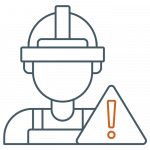
2) Risk Management
Construction projects are inherently riddled with uncertainties. Anticipating and mitigating risks is crucial to prevent these uncertainties from derailing the project. A comprehensive risk assessment, followed by the creation of a contingency plan, is a critical step. This plan acts as a safety net, ensuring the project can weather unexpected challenges while staying on track and within budget.

3) Use of Technology
The construction industry has been significantly transformed by technology. Embracing technological advancements is vital to streamline processes and enhance overall efficiency. In particular, construction project management software has emerged as a pivotal tool. This software allows project managers to centralize project data, automate routine tasks, and provide real-time project updates to all stakeholders, fostering better decision-making and improving project outcomes. We’ll explore this in more detail shortly.
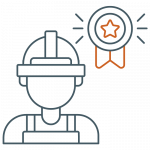
4) Quality Control
Maintaining high-quality standards is non-negotiable. Quality control measures should be implemented at every stage of the project. Regular inspections, adherence to industry standards, and a focus on craftsmanship are all essential components of quality control. Ensuring that the final product meets or exceeds the client’s expectations is a top priority in construction project management.

5) Flexibility
Being prepared to address unforeseen challenges with creative solutions when necessary is key to achieving success in a project. Project managers and teams should prioritize this approach to ensure the project remains on course.
Incorporating these best practices into the construction project management workflow reduces the likelihood of complications and enhances the project’s overall efficiency.
Uniqueness of Construction Project Management
Construction project management is a unique field. Unlike many other industries, construction projects are one-of-a-kind, making every project distinct. The uniqueness lies in several areas:
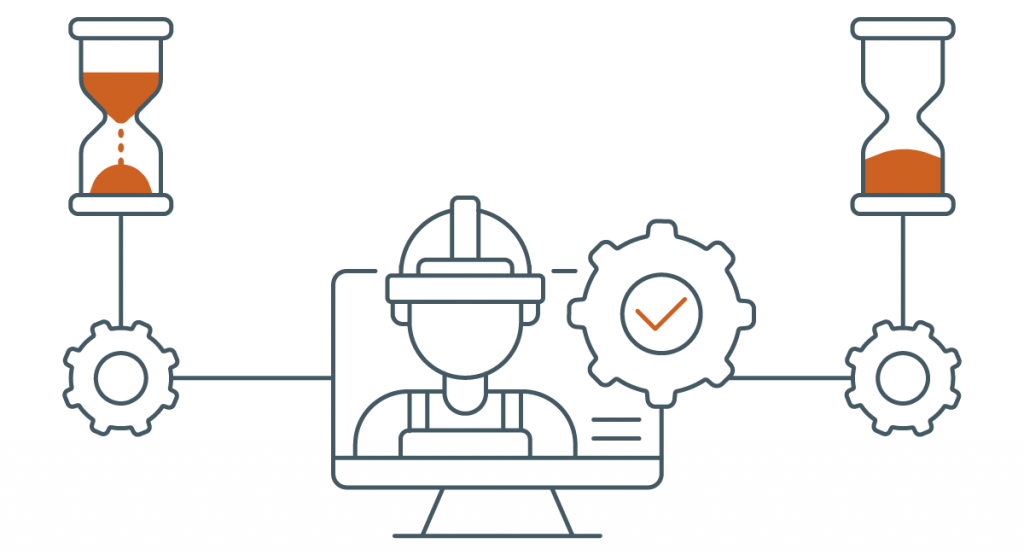
- Temporary Nature: Unlike many other industries, construction projects have a definite beginning and end. They are, by their very nature, temporary endeavors. Once a project is completed, the project management team disbands, and the project becomes a standalone entity. This temporariness necessitates high precision and effective planning to ensure that the project is executed within its specified time frame and budget.
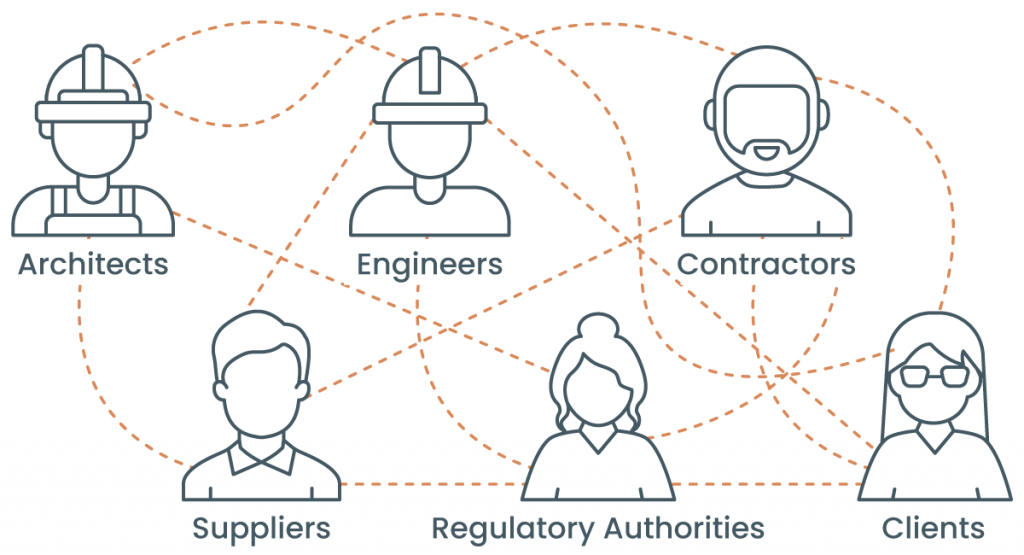
- Complex Stakeholder Network: The construction industry involves a complex web of stakeholders. Clients, architects, engineers, contractors, suppliers, regulatory authorities, and more all have vested interests in the project’s success. Managing these various stakeholders and their often-divergent expectations can be a challenging and delicate balancing act. Effective communication, collaboration, and conflict resolution are crucial for construction project managers.

- Dynamic Environment: Construction sites are inherently dynamic environments. Conditions can change rapidly due to many factors, such as adverse weather conditions, labor disputes, material shortages, and unforeseen technical challenges. Adaptability and the ability to respond swiftly to evolving circumstances are prerequisites in construction project management. These dynamic elements demand proactive risk management and contingency planning to navigate the complexities of the construction process successfully.
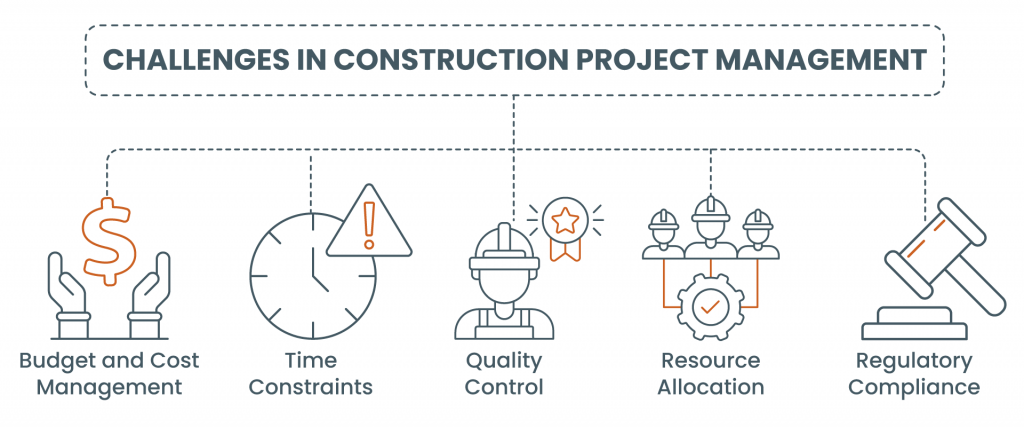
Challenges in Construction Project Management Workflow
The uniqueness of construction projects brings forth challenges that demand proactive solutions. Here are some common challenges:
- Budget and Cost Management: Keeping construction projects within budget is a perpetual battle. The costs of labor, materials, and unexpected contingencies can fluctuate, leading to potential budget overruns. To tackle this challenge, meticulous financial planning and continuous cost tracking are crucial.
- Time Constraints: Time is money in construction, and delays can be immensely costly. Unforeseen issues can throw off project schedules, from unfavorable weather conditions to supply chain disruptions. Project managers must master the art of efficient time management to ensure projects are completed on time.
- Quality Control: Ensuring consistent quality across a construction project, particularly when multiple contractors and subcontractors are involved, is a continuous effort. Striving for impeccable craftsmanship, adhering to industry standards, and conducting regular quality inspections are essential to maintaining high standards.
- Resource Allocation: Coordinating and allocating resources effectively can be a logistical puzzle. Ensuring the right personnel, equipment, and materials are available is a complex task requiring meticulous planning and synchronization.
- Regulatory Compliance: Navigating a web of local and national regulations adds another layer of complexity. Meeting legal requirements, obtaining necessary permits, and adhering to safety standards are fundamental but can be cumbersome.
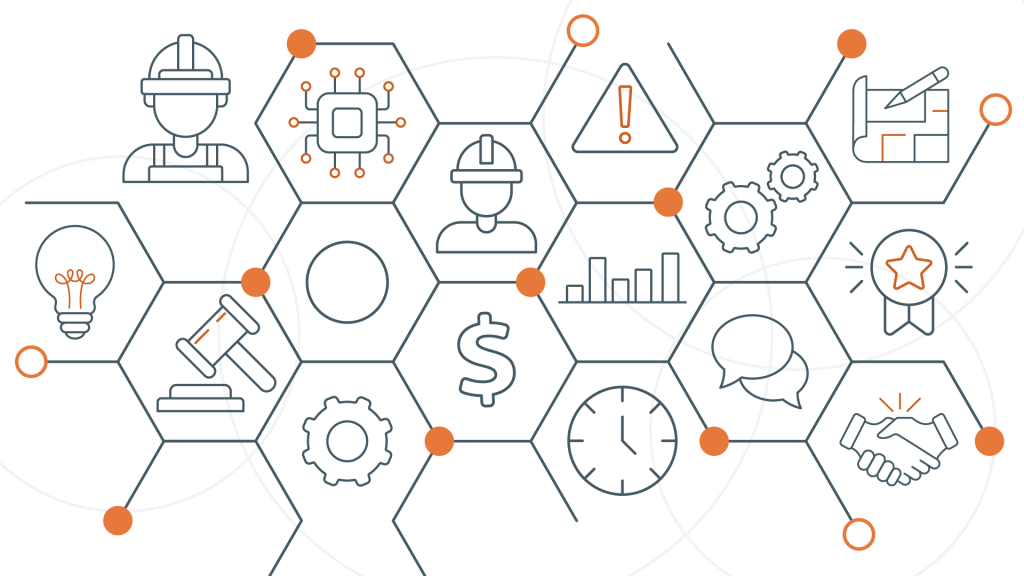
Construction Project Management Software: A Game-Changer
With the increasing complexities of construction projects, the role of technology in construction project management cannot be overstated. Here’s how construction project management software can be a game-changer:
1) Streamlined Project Planning
Modern construction project management software provides an advanced platform for project planning. It allows project managers to create detailed project schedules, set milestones, and allocate resources efficiently. Realistic timelines can be established, and progress can be tracked in real time, ensuring the project stays on course.
2) Efficient Communication
Communication is the cornerstone of any successful construction project. Software centralizes communication, ensuring all stakeholders, from project managers to contractors, architects, and clients, are on the same page. This reduces the likelihood of misunderstandings and fosters a collaborative and transparent work environment.
3) Budget and Cost Management
Construction projects often need help with budget concerns due to the ever-changing costs of labor and materials. Construction project management software aids project managers in tracking expenses, comparing budgets to actual spending, and predicting future costs. This significantly reduces the risk of budget overruns, ensuring that projects remain financially viable.
4) Risk Management
Advanced software solutions offer invaluable tools for risk assessment and management. Project managers can identify potential issues, assess their impact, and develop strategies to mitigate these risks effectively. This proactive approach helps to navigate unforeseen challenges with greater ease and minimal disruption to the project.
5) Documentation and Reporting
Construction projects generate immense documentation, from blueprints to contracts and progress reports. Construction project management software simplifies the management of these critical documents. It provides a centralized repository where project-related documents can be organized, accessed, and shared seamlessly, facilitating efficient stakeholder collaboration.
6) Remote Access
In an increasingly globalized world, accessing project data remotely is essential. Modern construction project management software ensures stakeholders can access project information from anywhere, promoting seamless collaboration, even when team members are geographically dispersed.
7) Quality Control
Maintaining consistent quality across a project is paramount. Construction project management software offers tools for setting and tracking quality standards. This includes checklists, inspection scheduling, and quality control measures, all of which contribute to delivering a high-quality final product.
8) Drawings
Drawing management is a critical feature for construction projects. This allows for the organization, version control, and sharing of architectural and engineering drawings. It ensures that all team members have access to the latest versions, reducing errors and rework.
9) RFIs (Request for Information)
Construction projects frequently involve a lot of questions and clarifications. RFIs help track and manage these queries, ensuring that all parties have the information they need to proceed without delays or misunderstandings.
10) Submittals
Submittal management is essential for ensuring that materials, equipment, and other project-related items meet project specifications and standards. It helps streamline the approval process, ensuring that the right materials are used.
11) Meetings
Construction projects involve various meetings, from project kick-off to progress meetings and final inspections. Meeting management tools help schedule, document and track these meetings, making sure that all parties are informed and accountable.
12) Photos
Photos can be a powerful tool for documenting progress and addressing issues. Photo management allows for easy capture, organization, and sharing of project-related images.
13) Daily Log
Daily logs are crucial for keeping track of daily activities, issues, and progress on the construction site. Daily log software simplifies this process and ensures that all stakeholders are up to date.
14) Punch List
A punch list tool helps create and manage lists of items that need to be completed or corrected before a project is considered finished. It streamlines the process of identifying and resolving issues.
15) Timesheet (Timecard)
Time tracking for construction project teams is essential for labor cost management. It helps project managers monitor labor costs, track work hours, and ensure efficient resource allocation.
16) Correspondence
In construction, various types of correspondence occur, such as letters, memos, and other written communication. Correspondence management tools ensure that these communications are tracked, organized, and accessible when needed.
Incorporating these specific features into construction project management software makes it a powerful tool for managing the complexities of construction projects, ensuring that projects stay on track, within budget, and deliver high-quality results.
Conclusion
Construction project management is a multifaceted field that involves unique challenges and demands a distinct skill set. To navigate the complexities of construction projects successfully, embracing technology in the form of construction project management software is crucial. These tools streamline processes, improve communication, and help ensure projects stay on track and within budget.
Mastering construction project management, understanding the workflow, and utilizing the right software tools can transform what might seem like an insurmountable task into a well-orchestrated symphony of success. So, whether you’re a construction project manager, a stakeholder, or just a curious onlooker, remember that every building you admire has a robust project management workflow at its core, ensuring it stands tall and proud.

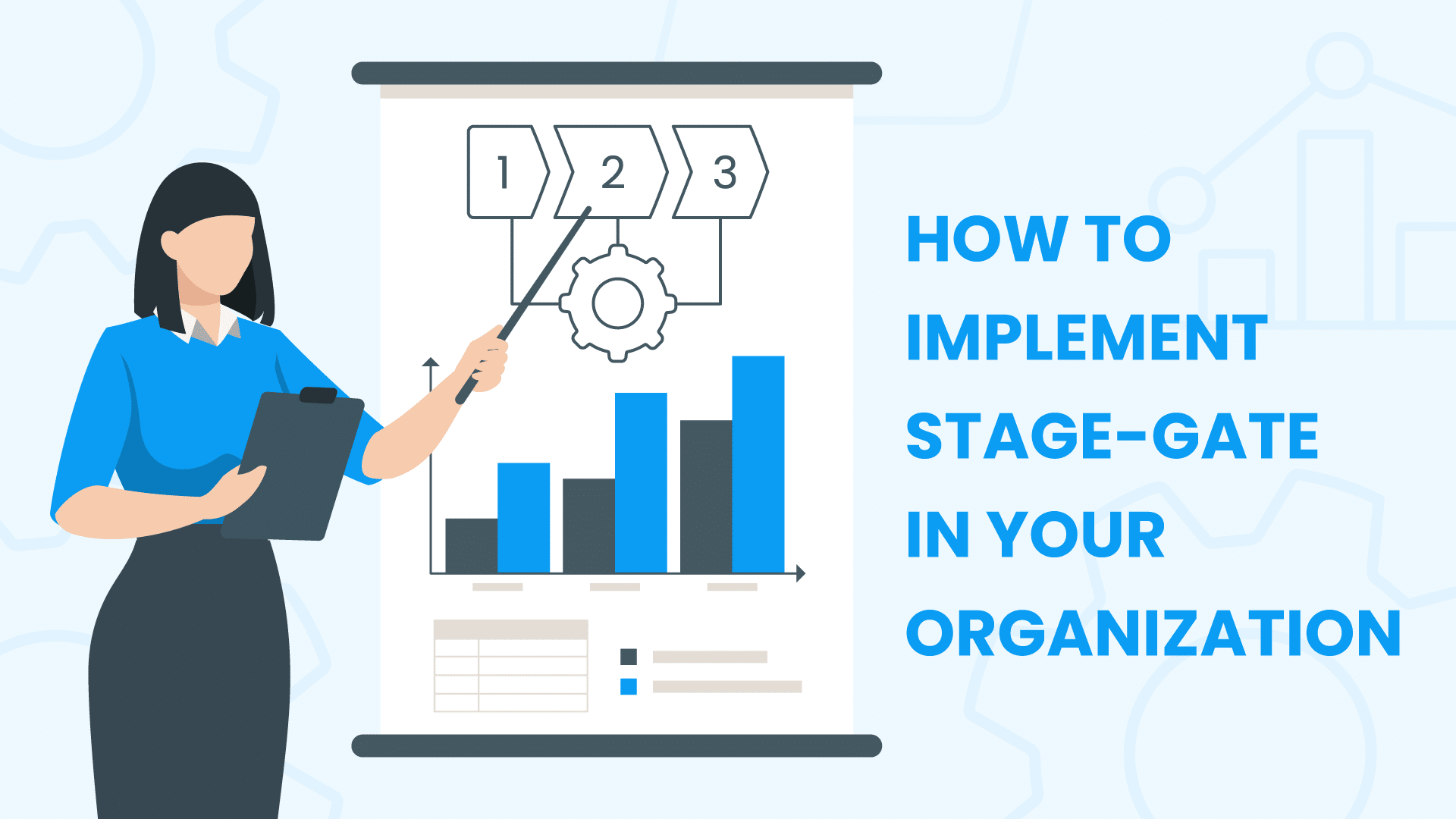


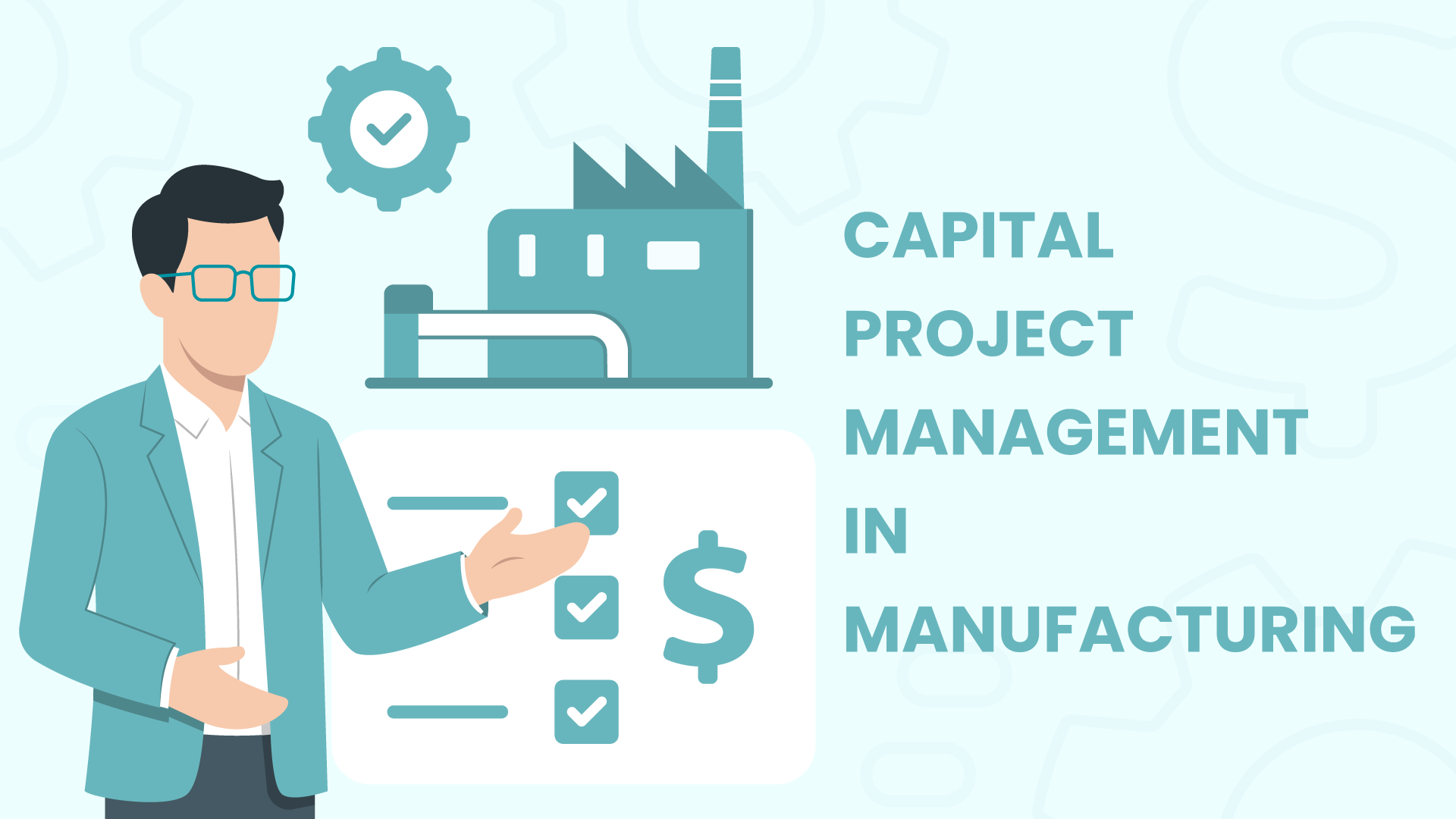



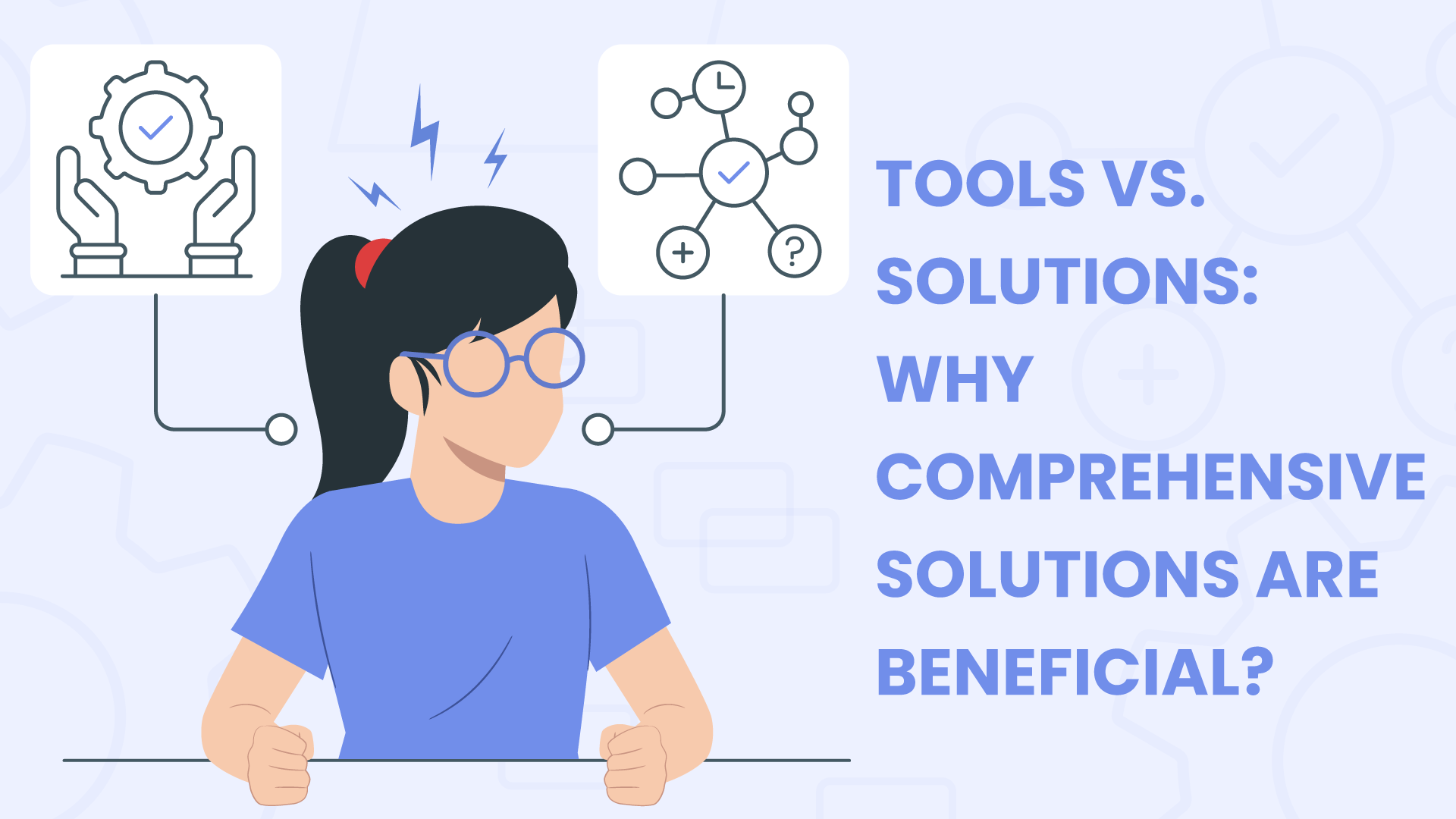




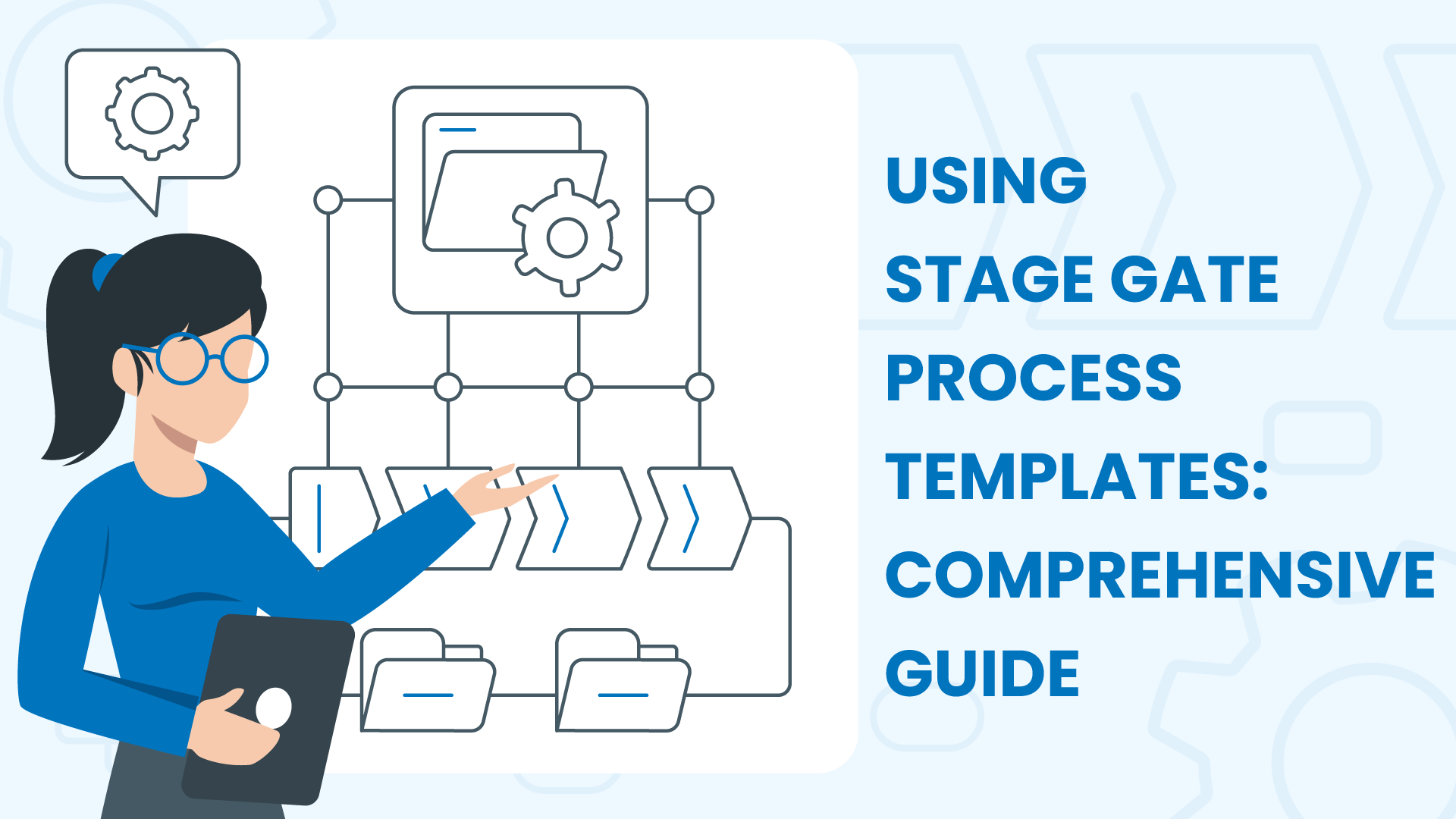




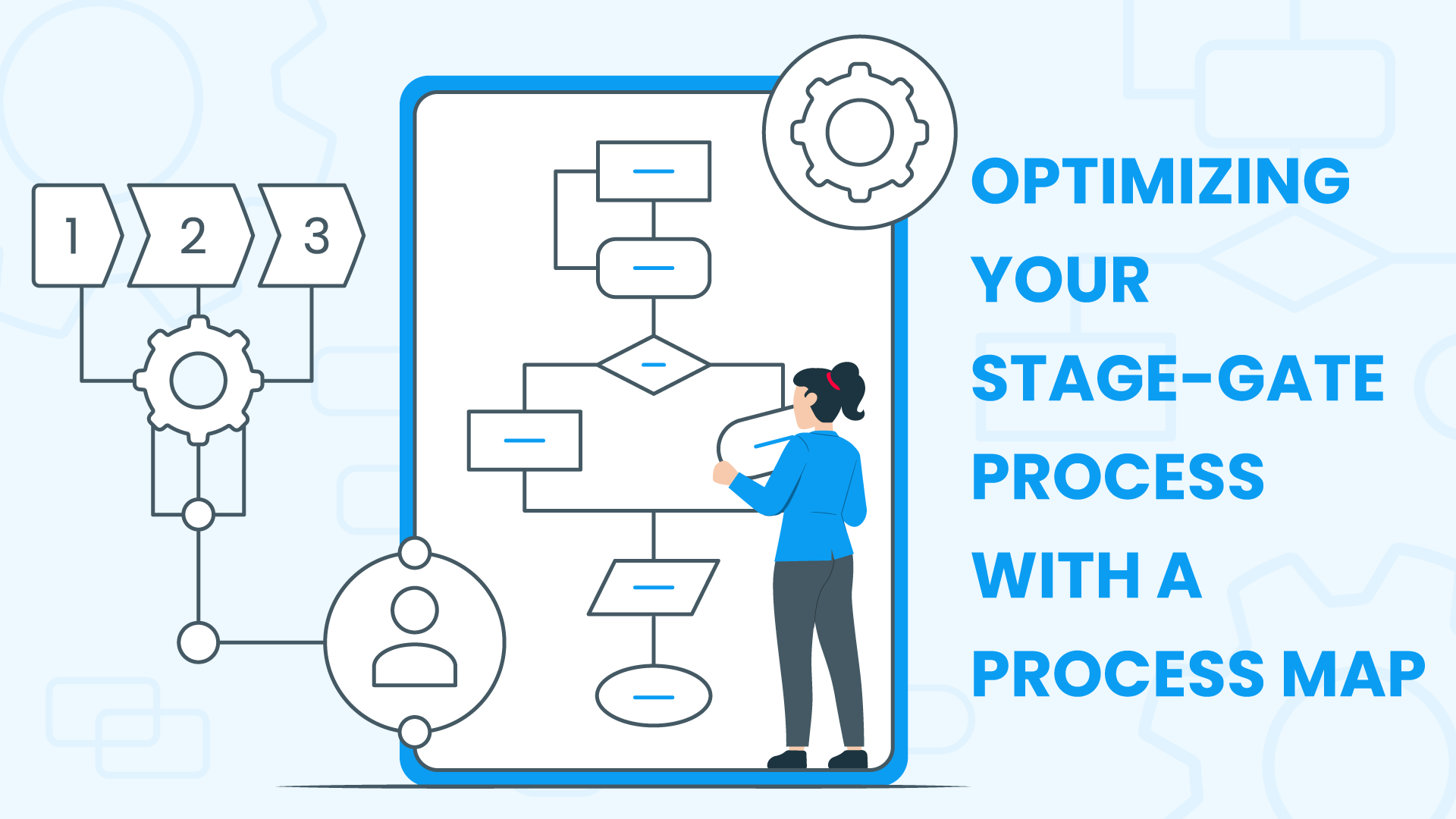




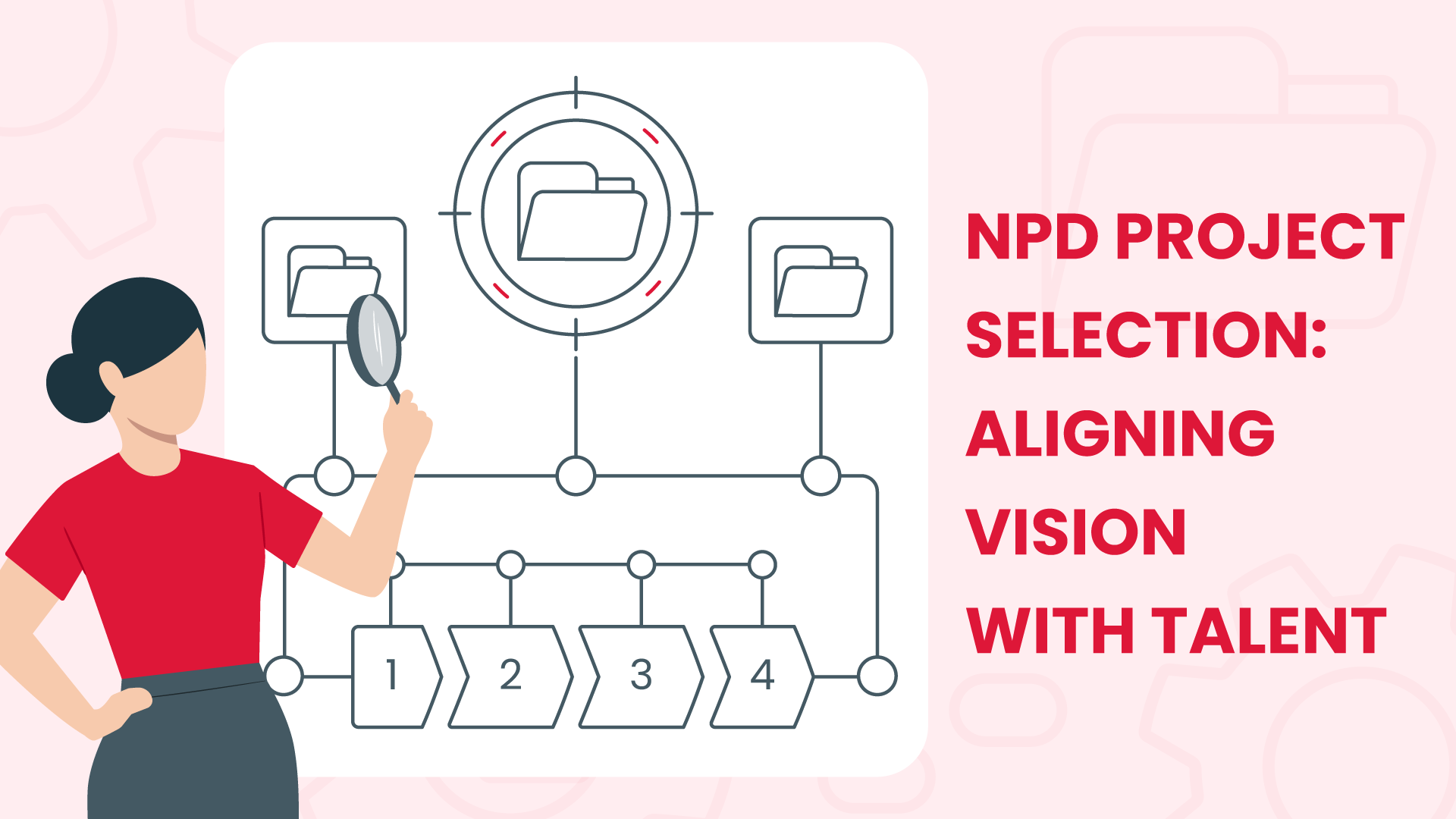



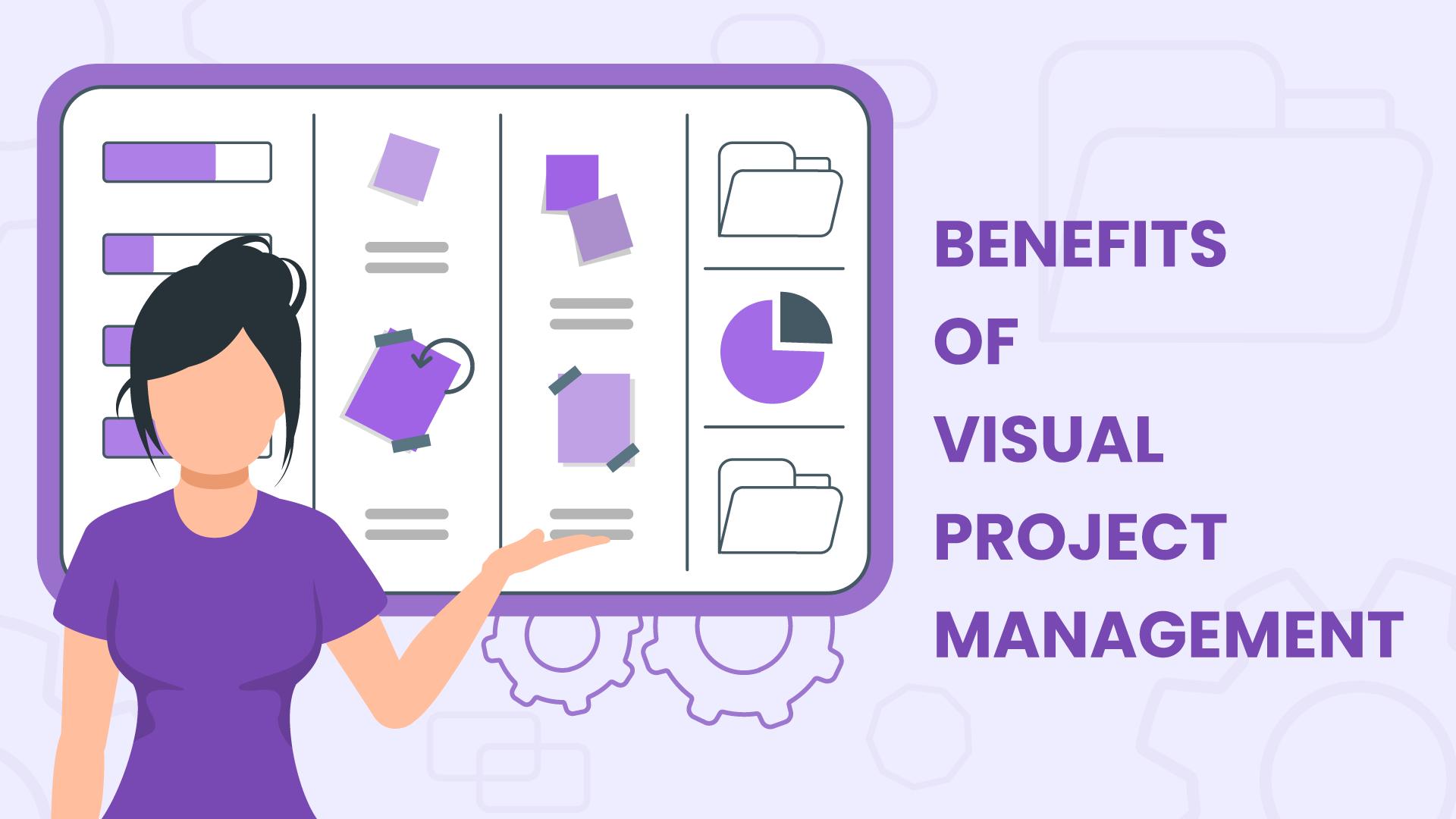
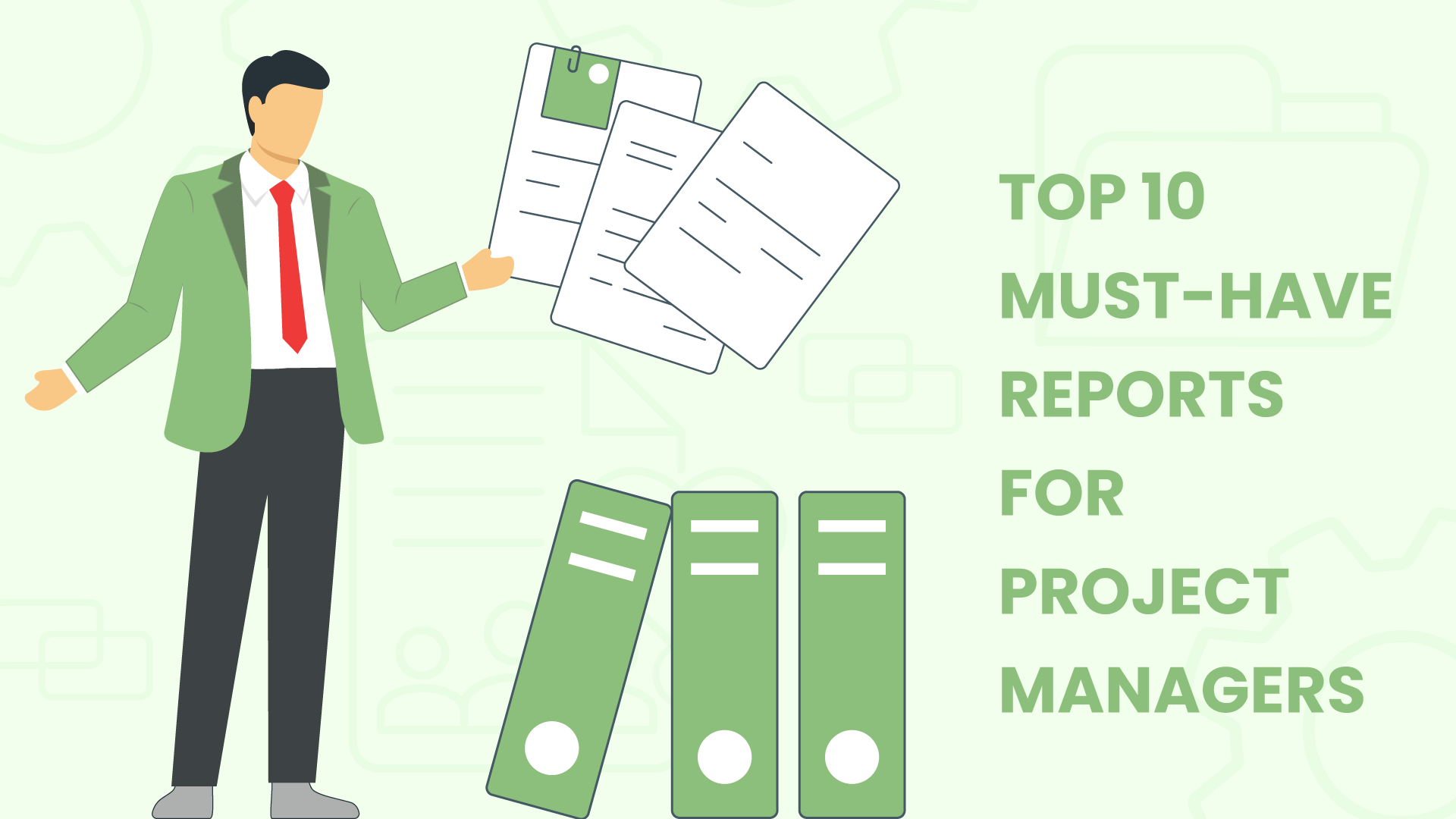

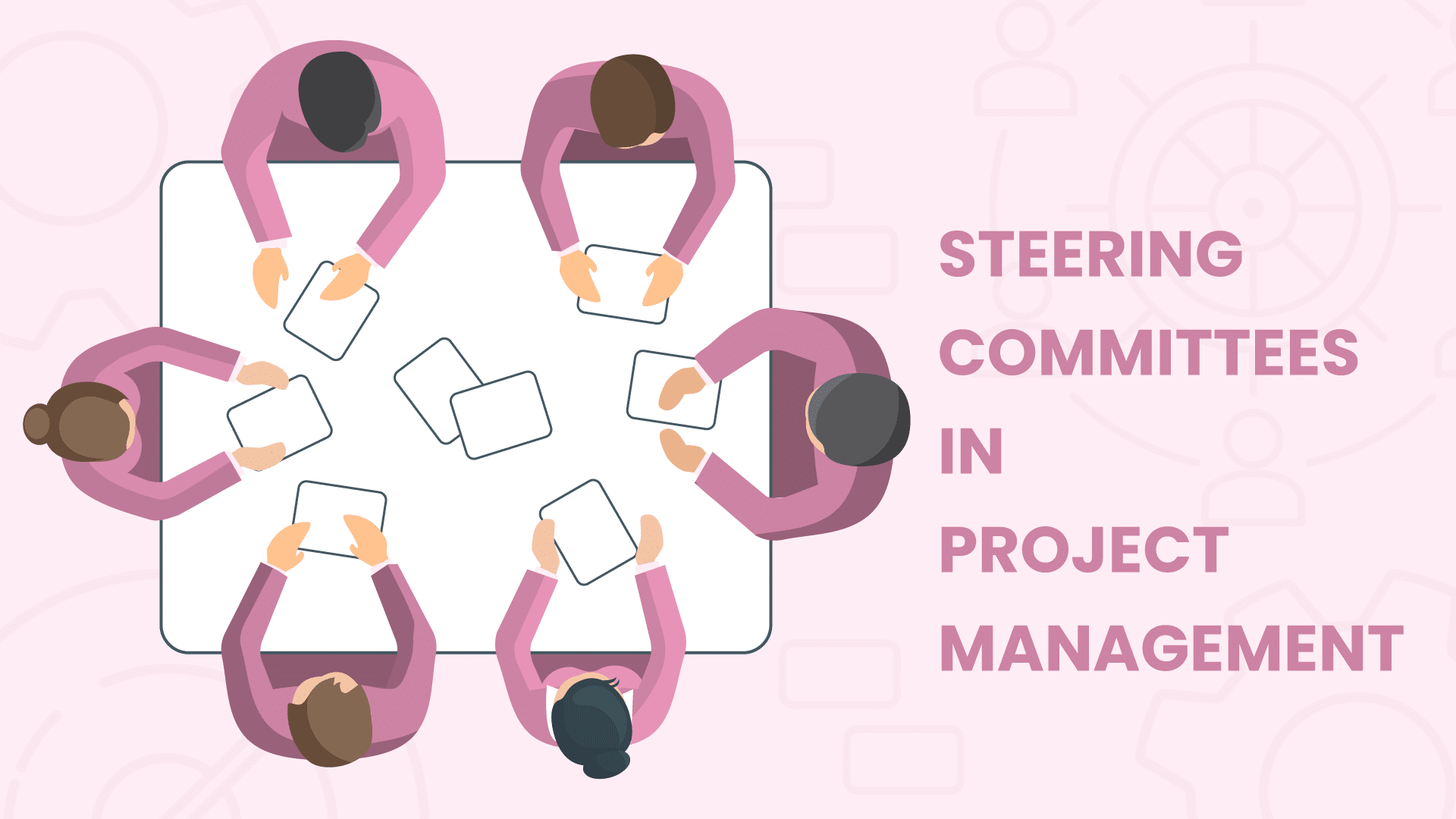


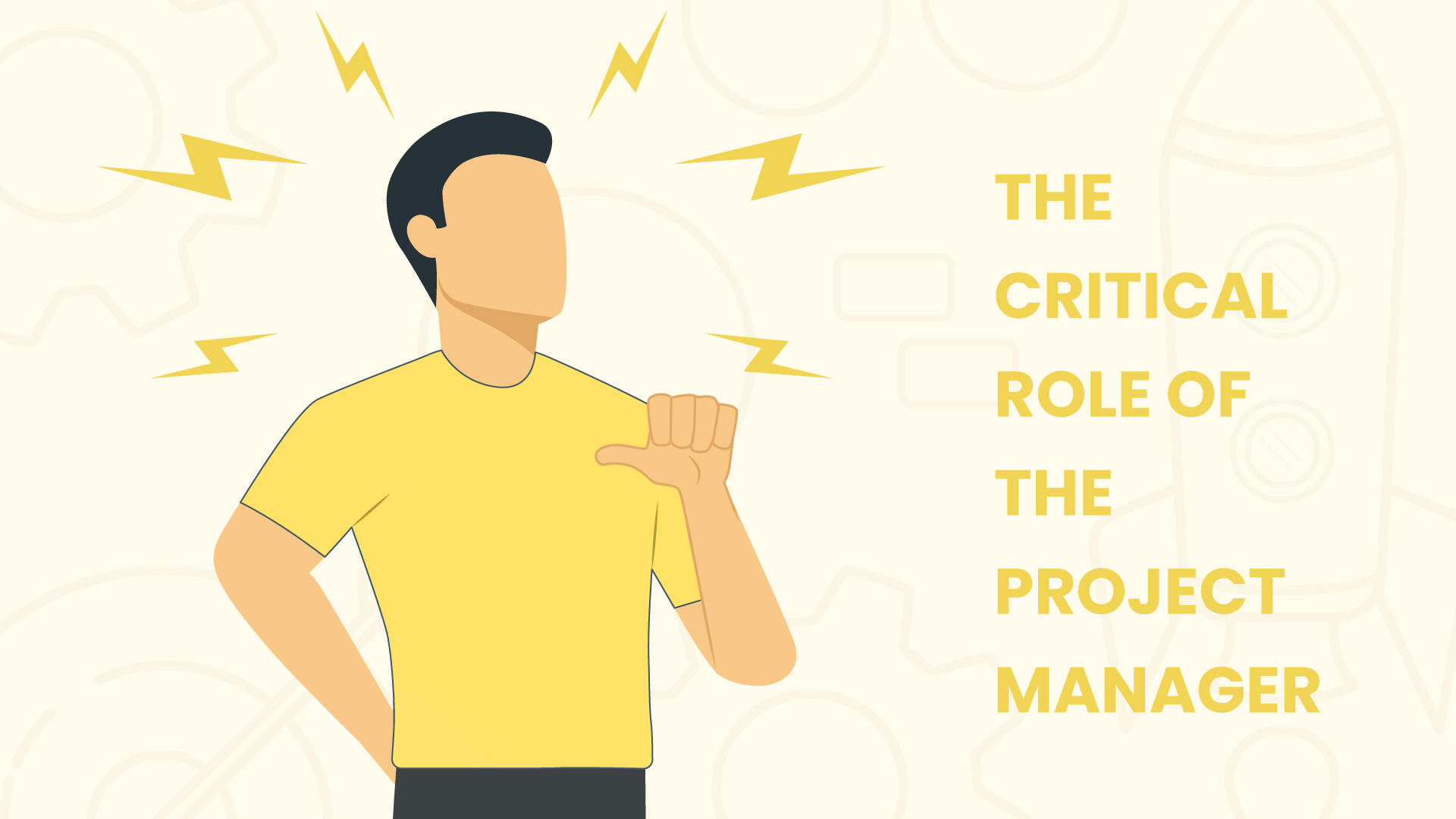
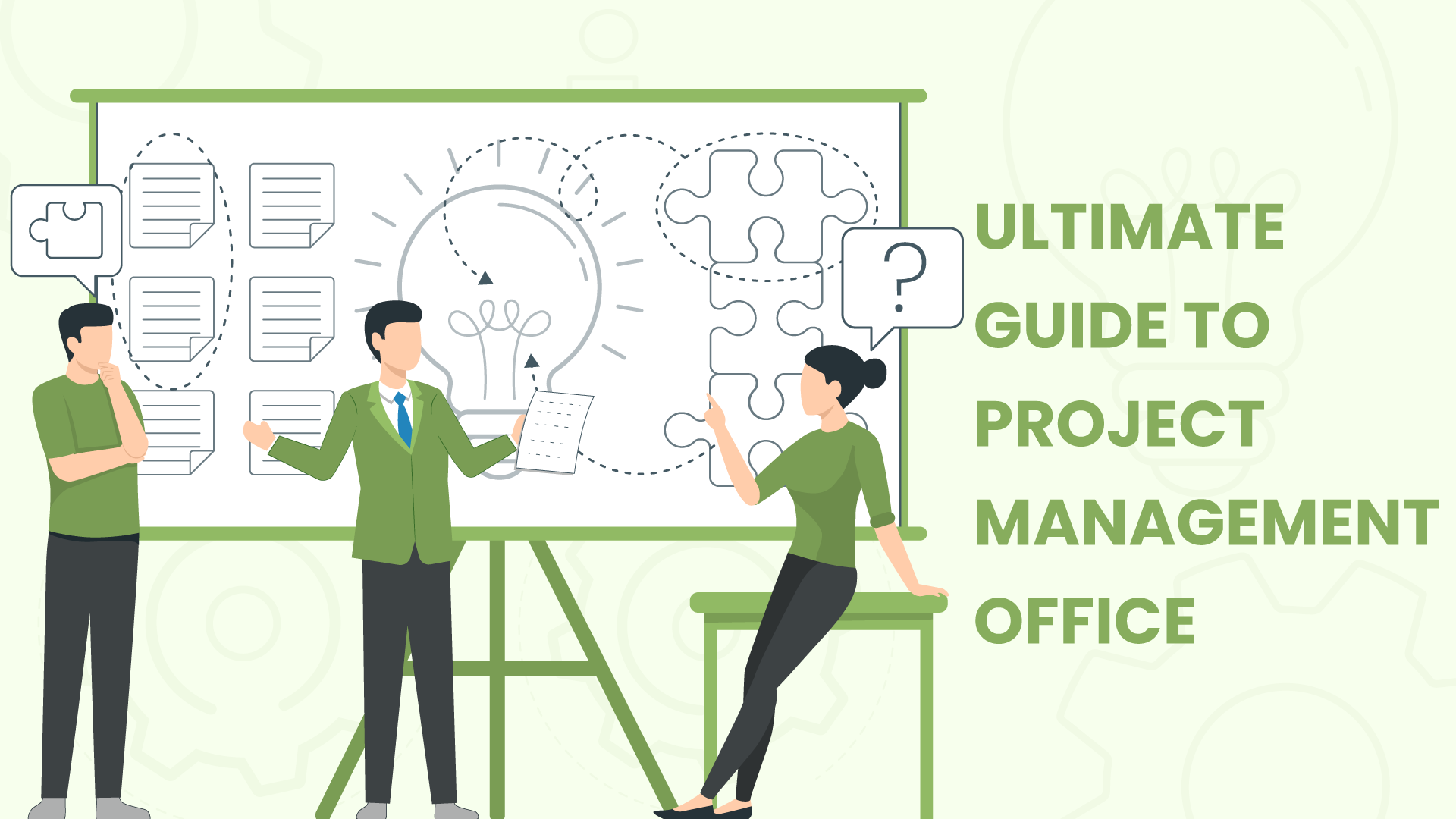

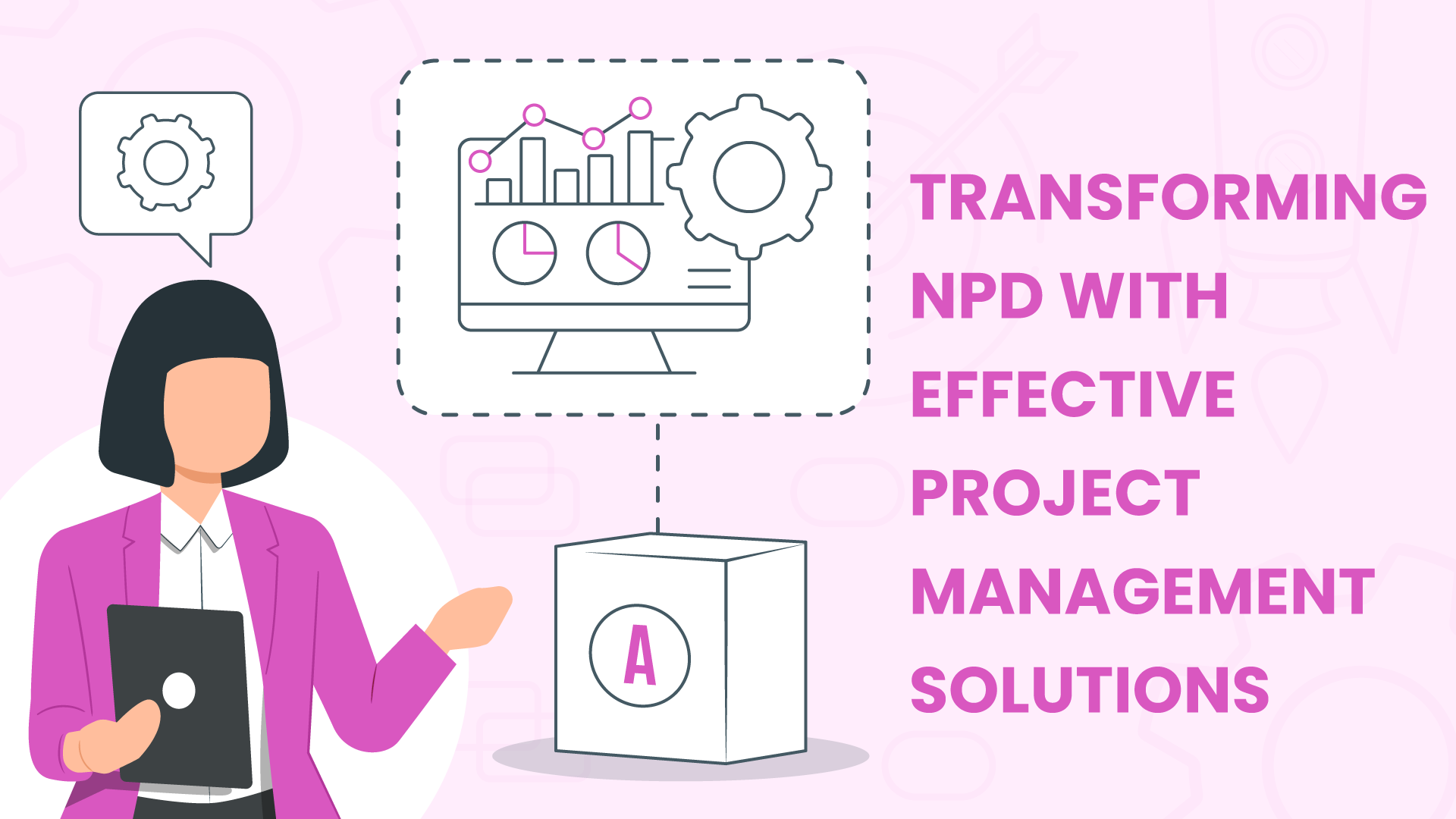
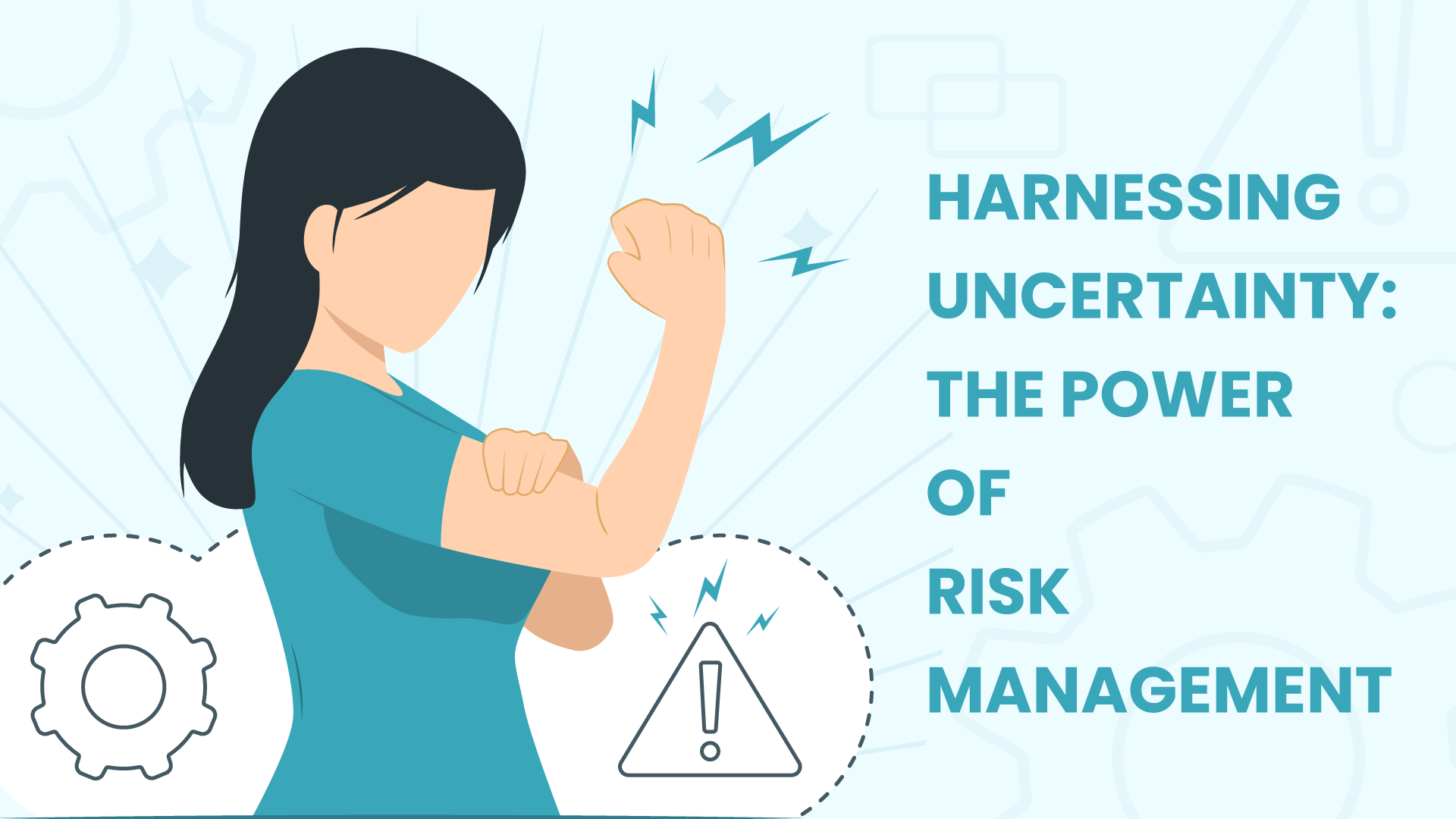





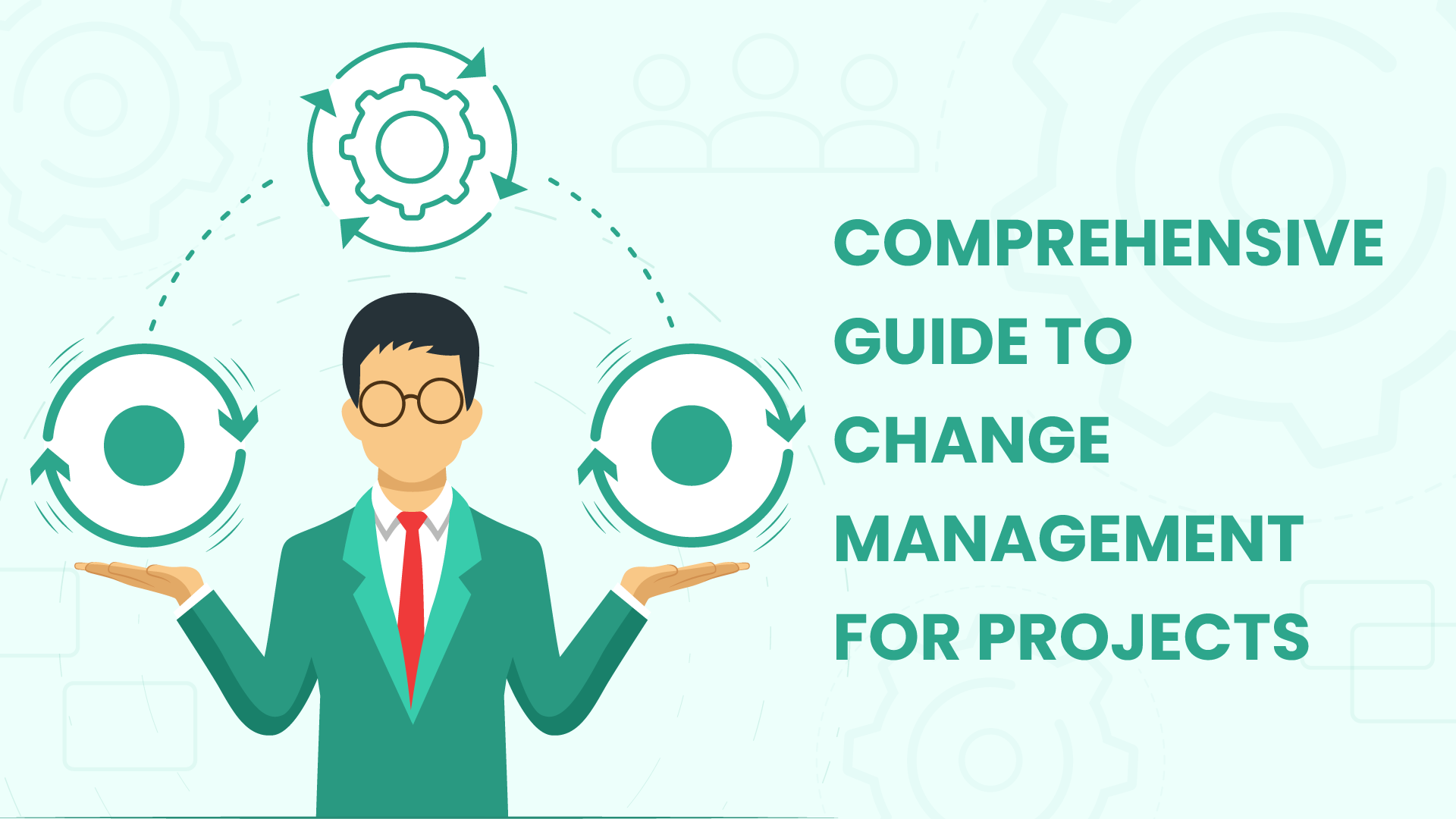
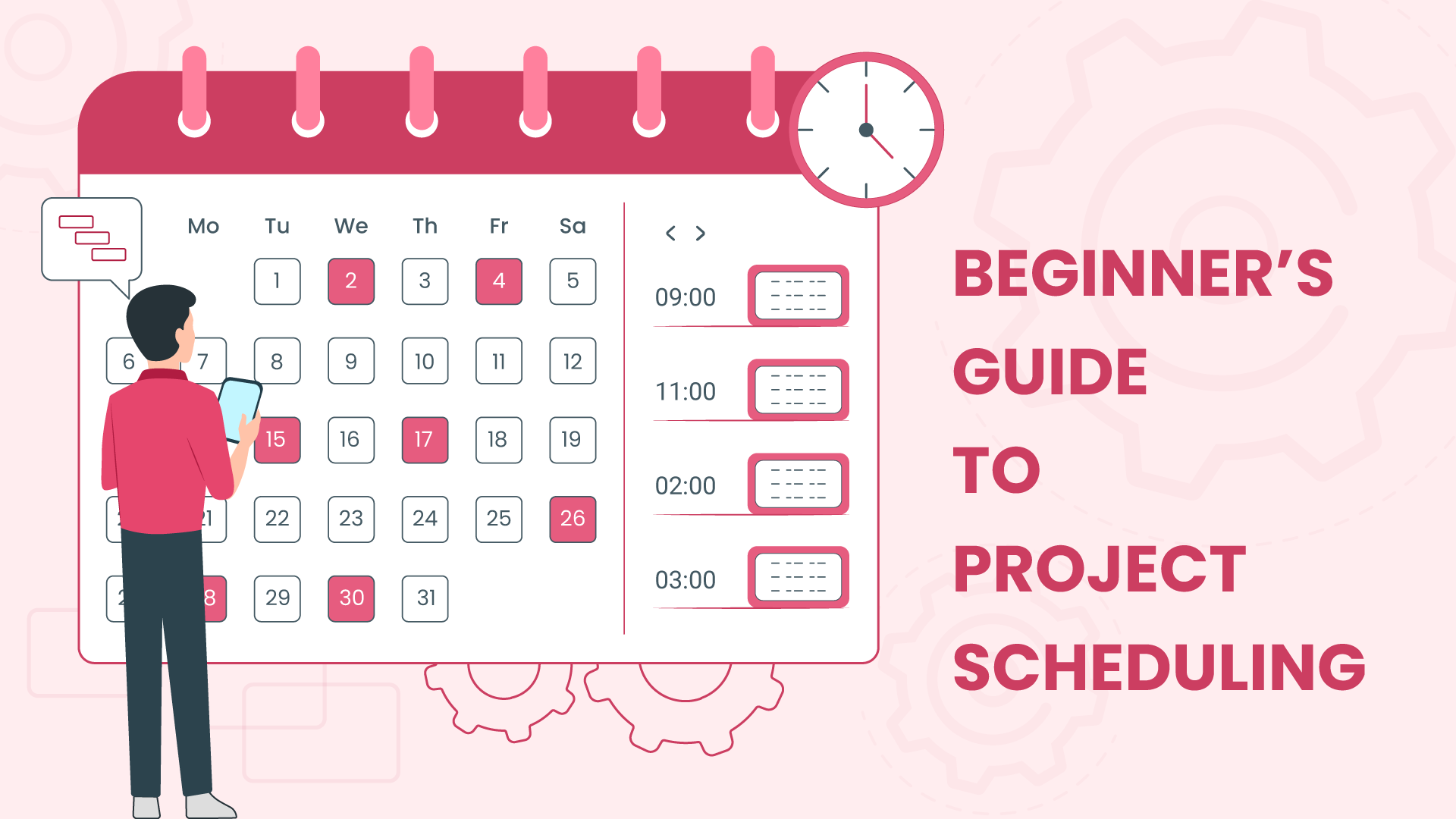
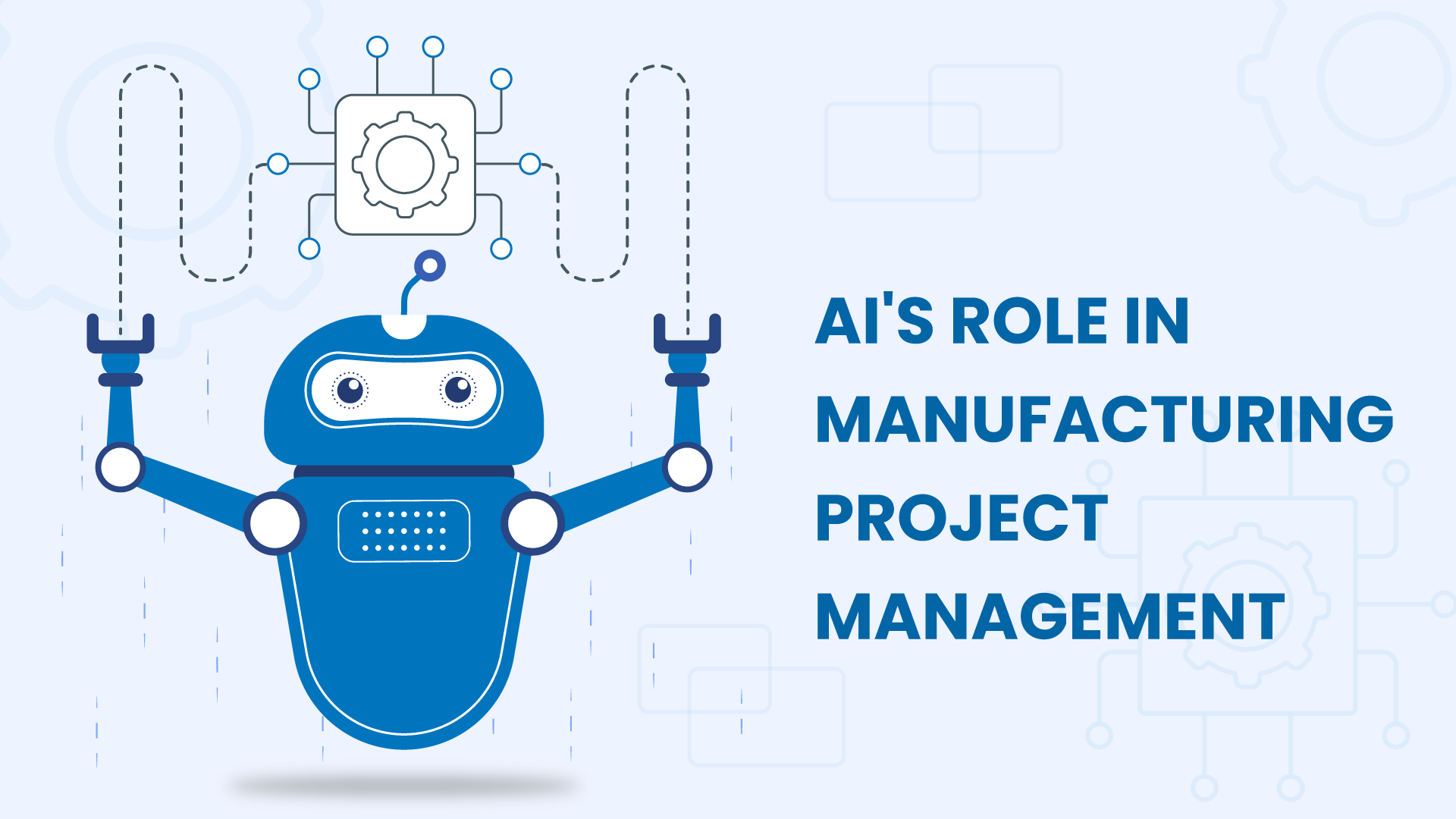



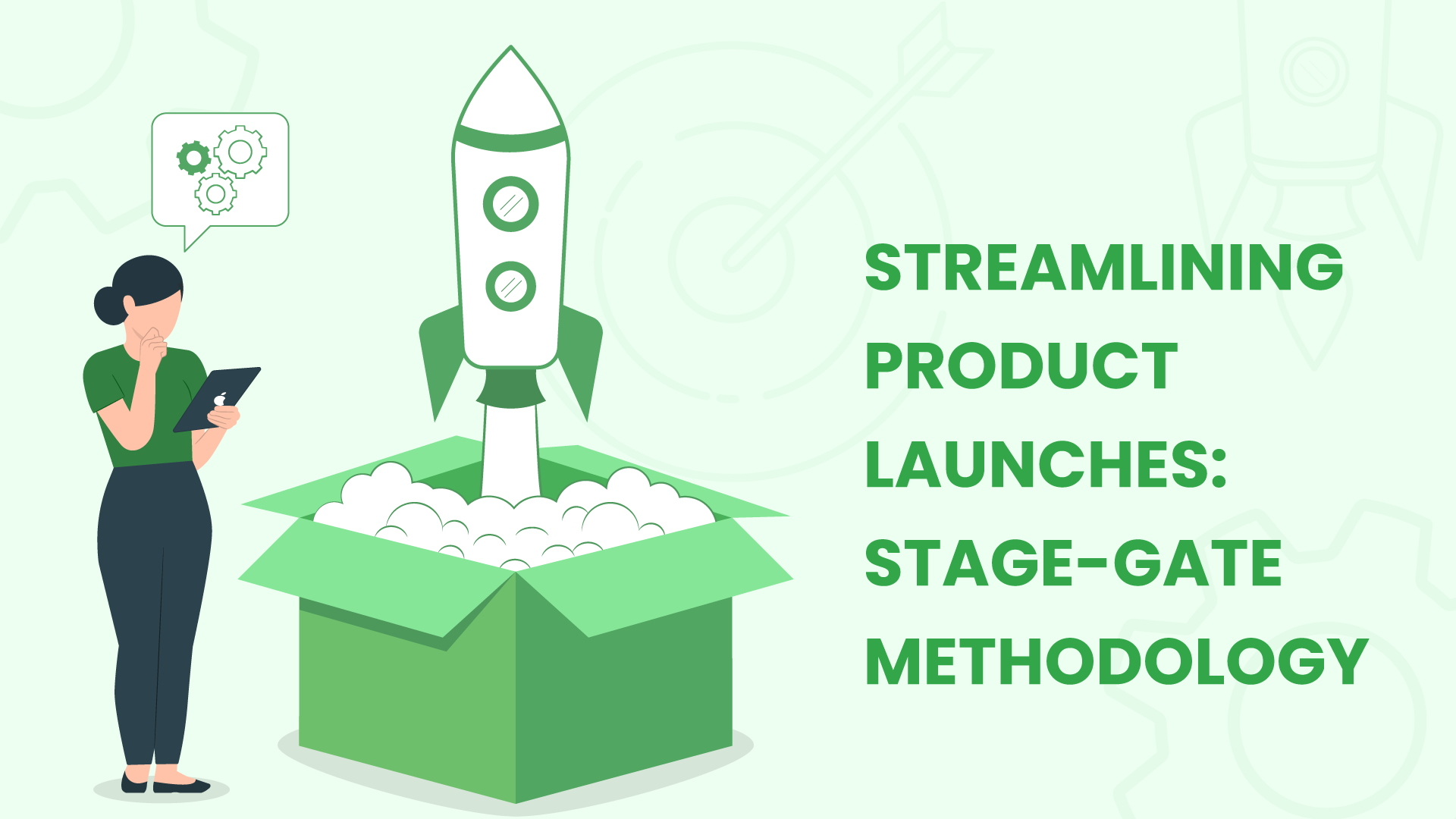
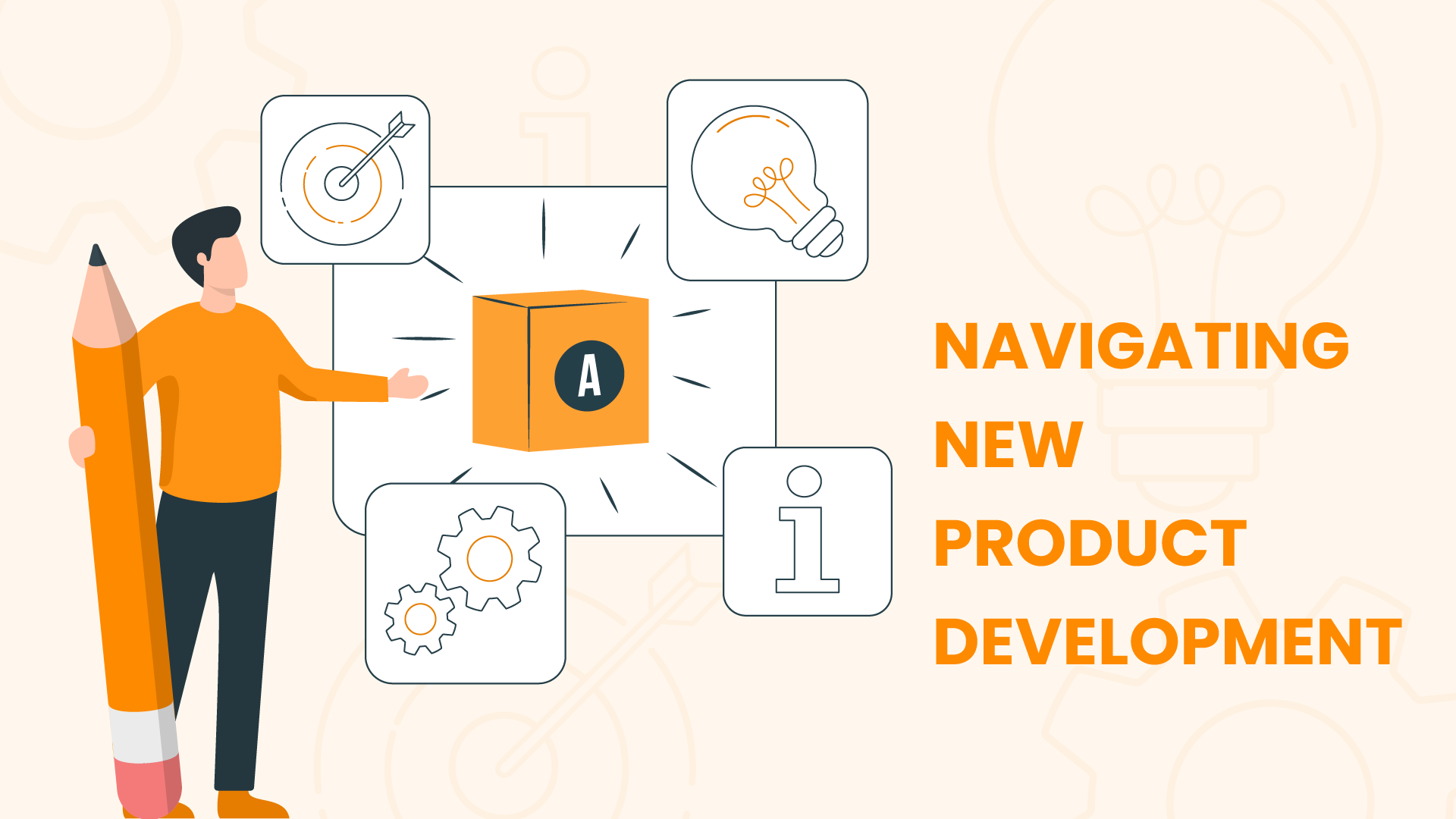

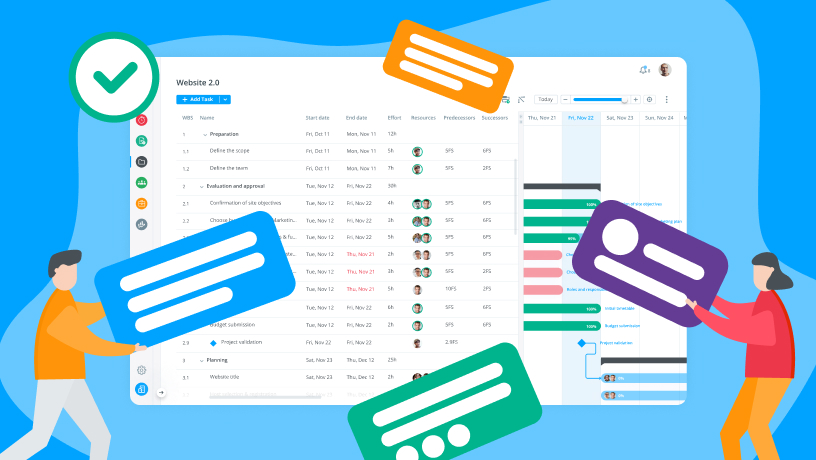



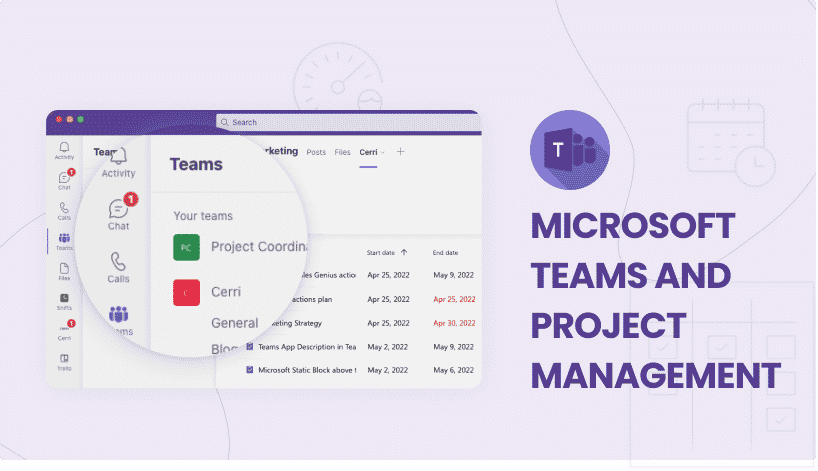
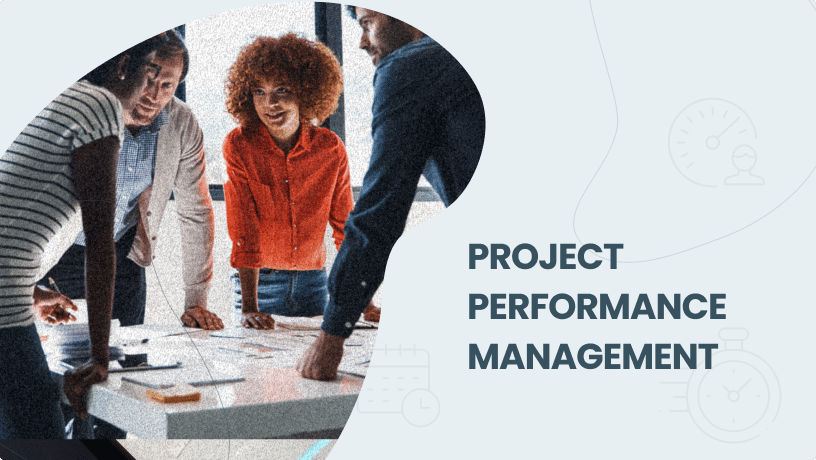

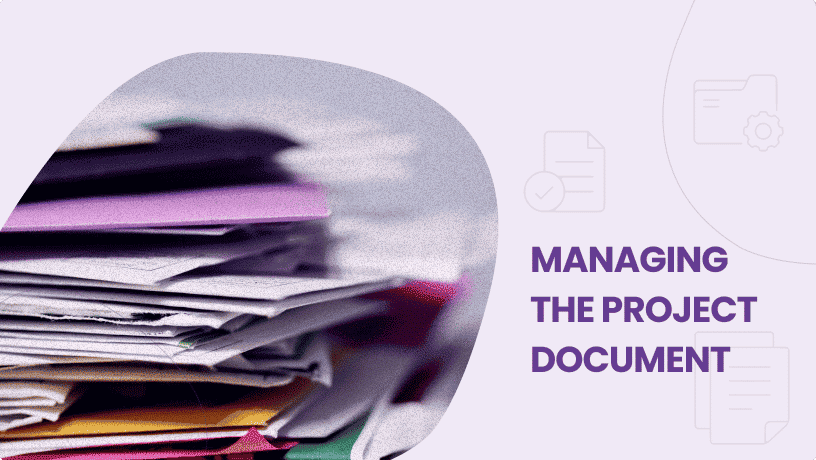

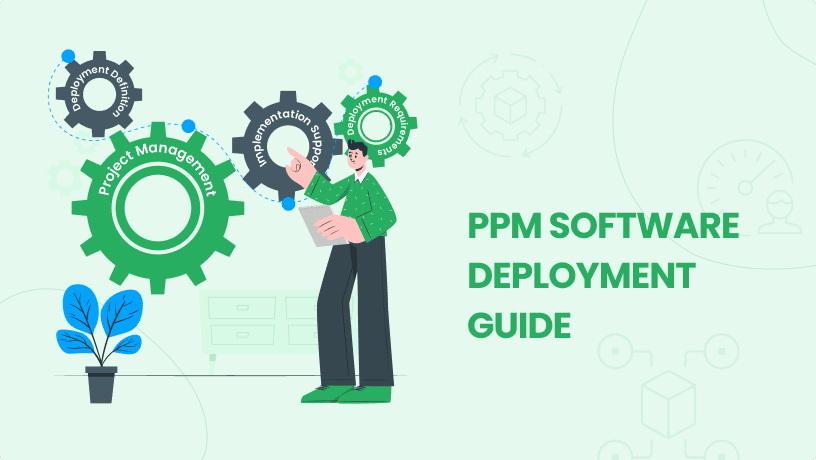
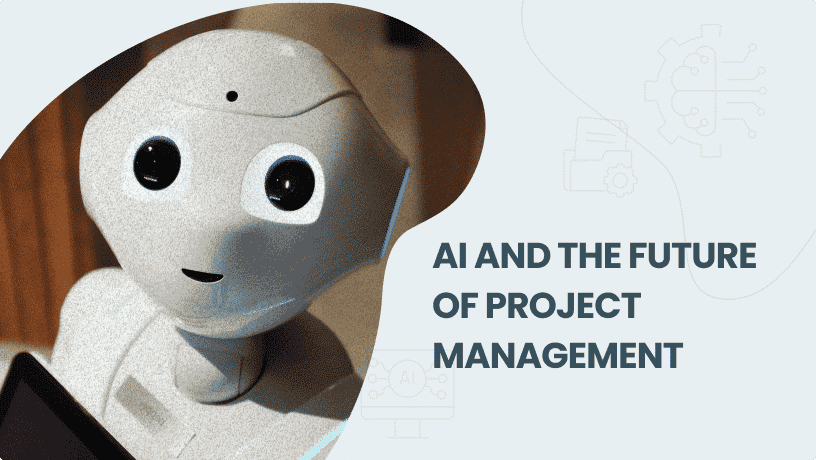
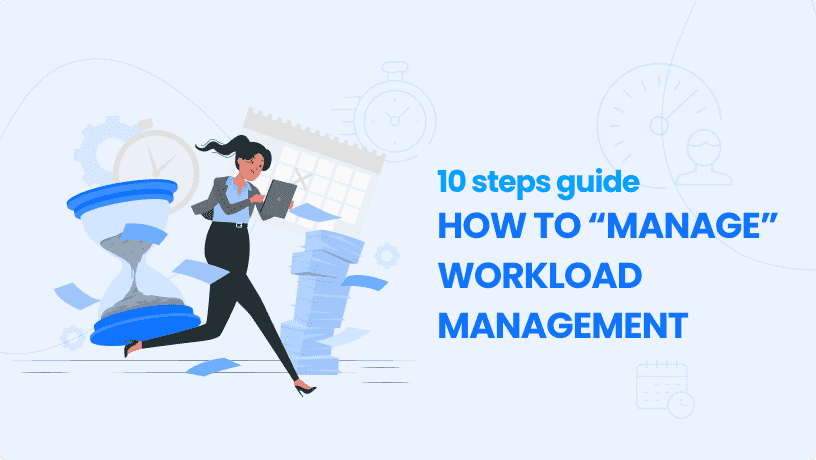






 Task Management
Task Management 

















 Customization
Customization
